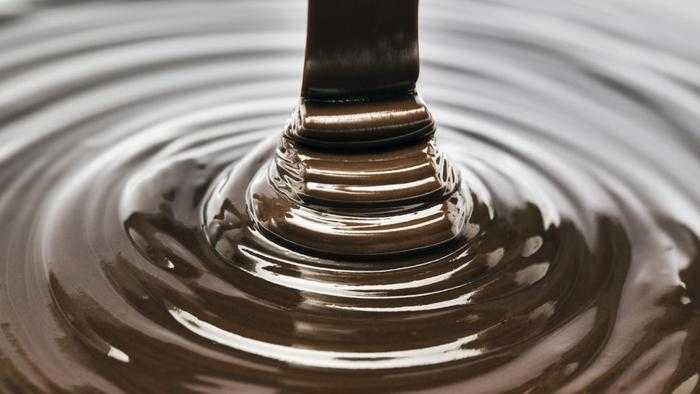TOWSON, U.S. – A faculty member in the Department of Chemistry at the University of Towson (Maryland) has developed a way to determine fingerprints for chocolate, a technique that could be used to identify the specific region or farms where cocoa used to make that chocolate originated.
The process could be used to verify whether a product is actually organic or fair trade, as its label might say, or to verify whether it’s been altered with low-quality ingredients, according to a blog post from the American Chemistry Council.
Shannon Stitzel, an associate professor in the department, says the project originated from an idea for a lab activity for a class she teaches at Towson University.
Sampling chocolate bars from a local grocery store piqued students’ interest, she says, so she found more interesting samples, including single-source cocoa liquor from all over the world.
Stitzel worked with an undergraduate student, Gabrielle Lembo, to identify the chemical signatures of various compounds within the cocoa liquor.
Towson University places a strong emphasis on undergraduate research, including opportunities for students to work directly with faculty on original work, and opportunities to present that work.
Students from TU have won prestigious awards for their undergraduate work, including
the Goldwater Scholarship and grants from the National Science Foundation.
“Lembo has been great as an undergraduate research student to work with because she’s persistent and not easily discouraged when things don’t work out the first time we try something,” says Stitzel. “She has really come into her own in the lab, and that’s very rewarding to see as a faculty mentor.”
The technique Stitzel and Lembo used showed products have distinct, signature “fingerprints” because different compounds like caffeine, theobromine and catechins are detected in different patterns in different cocoa liquor samples.
Those fingerprints can be used to indicate where a chocolate product originated from, and could not be easily manipulated by producers who try and use organic, fair trade or other labels that their products have not earned.
The chocolate research was supported by a grant from the National Science Foundation, which provided $383,000 to purchase a liquid chromatography mass spectrometer, the analytical instrument used in the research.
The Fischer College of Science & Mathematics also provided support, says Dean David Vanko, including supplemental support to purchase the instrument and travel funds, which ended up not being used because of social distancing, to present the research.
Stitzel says the method could be used to map out the expected flavor profile of a chocolate product, based on its chemical signature. Stitzel and her students are, in the meantime, expanding their work to look at the chemical signatures of coffee products.


















